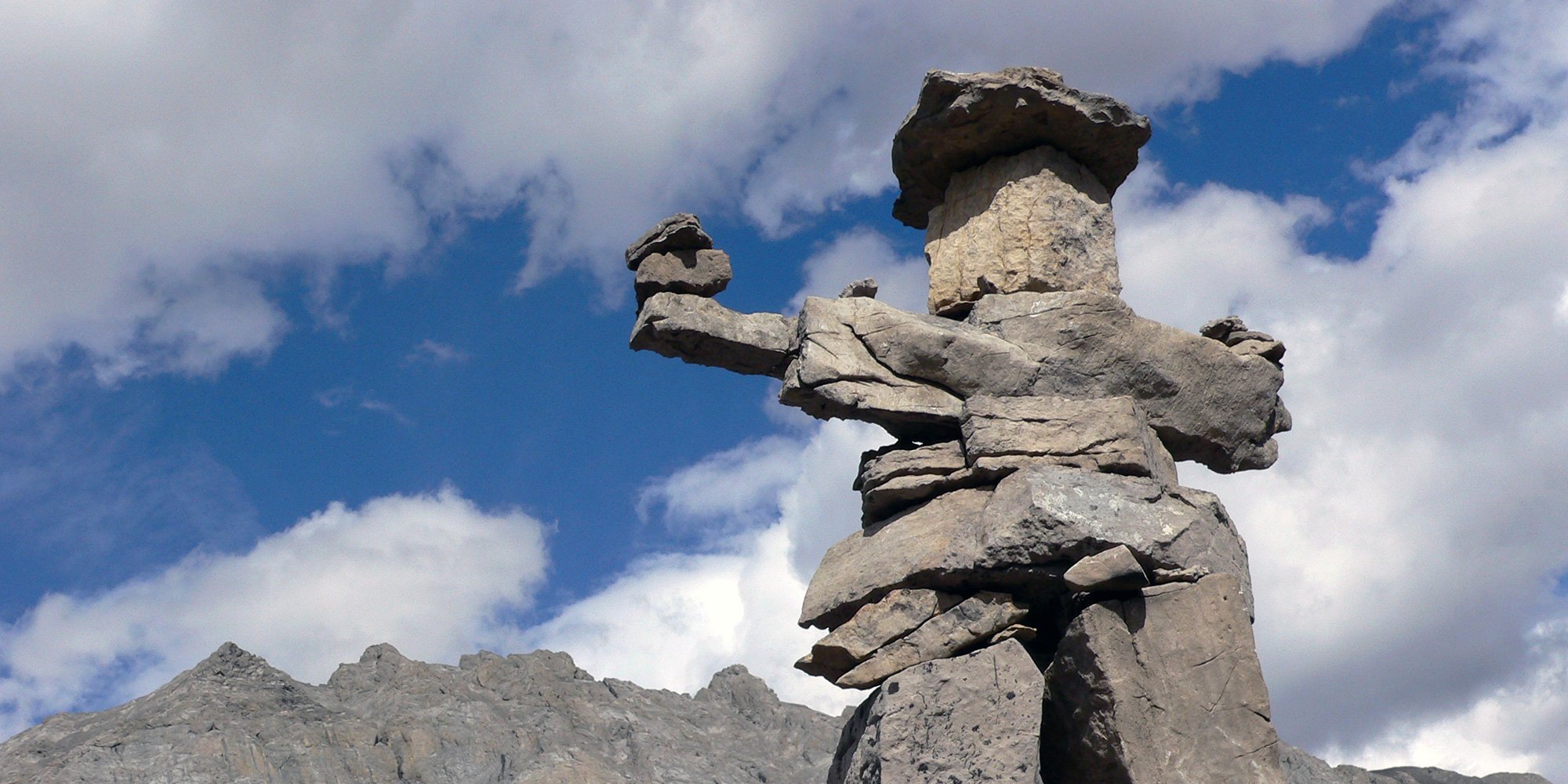The Sparrow Case Affirms Constitutionally Protected Aboriginal Rights
The 1990 Supreme Court Decision in R. v. Sparrow was the first Supreme Court of Canada decision which applied s. 35 of the Constitution Act, 1982...

Historical Treaties and “Usufructuary Rights”
The Royal Proclamation of 1763 was a demonstration of Britain’s acknowledgement that “any lands that had not been ceded to or purchased by” the Crown were reserved to “the several Nations or Tribes of Indians with whom We are connected, and who live under our protection.” Many misunderstandings, disputes and grievances about those early treaties have erupted over the years, usually arising from Aboriginal efforts to enforce the treaties. Much of the conflict has been rooted in the fundamental differences between the Aboriginal tradition of communal land rights and responsibilities and the European tradition of private land ownership.

The concept of ‘usufructuary right in land”, or the right to use property belonging to another[2], has been used repeatedly by the Supreme Court of Canada to explain how Aboriginal title can remain unextinguished and alive under the weight of Crown sovereignty. Usage rights are shared between the legal title holder and the usufruct.
For example, see Justice Lebel’s Reasons for Judgment in the companion cases of R. v. Marshall; R. v. Bernard, heard by the Supreme Court of Canada in 2005:
“Nomadic peoples and their modes of occupancy of land cannot be ignored when defining the concept of aboriginal title to land in Canada … To ignore their particular relationship to the land is to adopt the view that prior to the assertion of Crown sovereignty Canada was not occupied. Such an approach is clearly unacceptable and incongruent with the Crown’s recognition that Aboriginal Peoples were in possession of the land when the Crown asserted sovereignty. Aboriginal title reflects this fact of prior use and occupation of the land together with the relationship of Aboriginal Peoples to the land and the customary laws of ownership. This aboriginal interest in the land is a burden on the Crown’s underlying title.
This qualification or burden on the Crown’s title has been characterized as a usufructuary right. The concept of a community usufruct over land was first discussed by this Court in St. Catherine’s Milling and Lumber Co. v The Queen (1887), 13 S.C.R. 577. Chief Justice Ritchie used this concept to explain the relationship between Crown and aboriginal interests in land. The usufruct concept is useful because it is premised on a right of property that is divided between an owner and a usufructuary. A usufructuary title to all unsurrendered lands is understood to protect Aboriginal Peoples in the absolute use and enjoyment of their lands.”
[1] R. v. Marshall; R. v. Bernard, [2005] 2 S.C.R. 220, 2005 SCC 43
[2]The European concept of land ownership was foreign to Aboriginal Peoples. They believed that the land belonged to the Creator and that all Aboriginal Peoples were given the right to use and benefit from the land.
This analysis of the Marshall case is an excerpt from the 3rd edition of our book Working Effectively with Aboriginal Peoples®
By the way we talk all about these cases in our public workshops and onsite training.
Here's a free ebook for you to download - just click the book cover to begin your download.

The 1990 Supreme Court Decision in R. v. Sparrow was the first Supreme Court of Canada decision which applied s. 35 of the Constitution Act, 1982...

Indigenous peoples have known for thousands of years how to care for our planet. The rest of us have a lot to learn and no time to waste Prime...

There are a lot of questions and some confusion out there about the April 14, 2016, Supreme Court of Canada ruling on Daniels v. Canada (Indian...